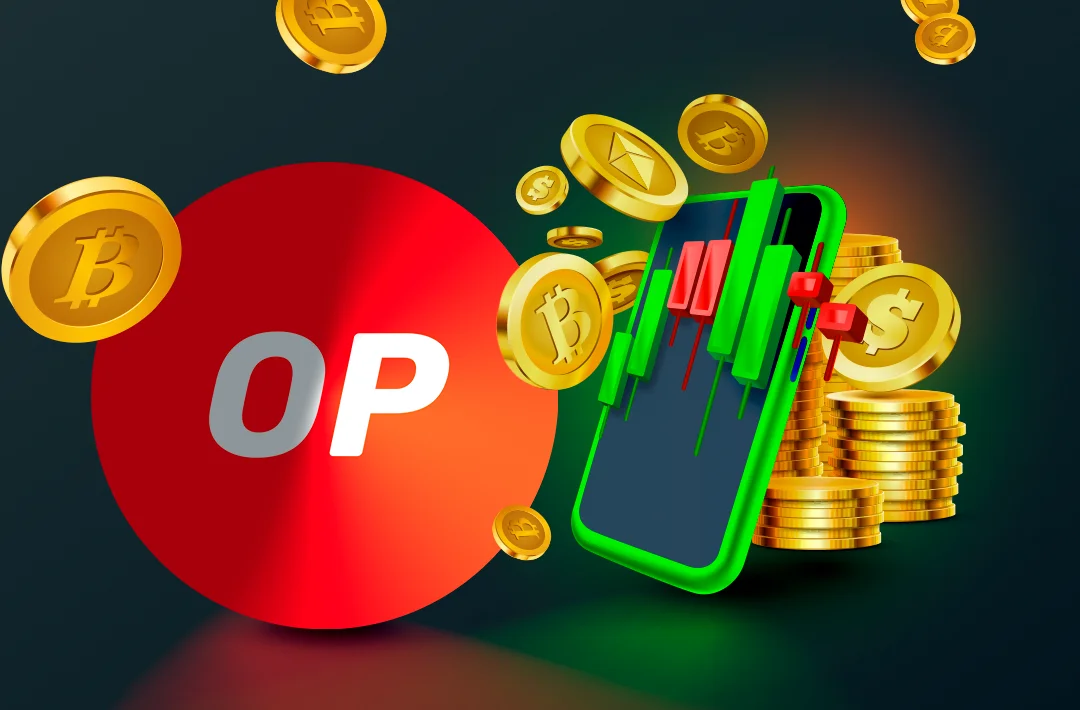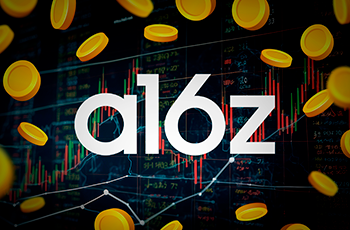Optimism users will be able to withdraw funds without the involvement of third parties
To do this, the blockchain team has implemented fault proofs in smart contracts

11.06.2024 - 11:45
184
2 min
0
Last updated on Aug 9, 2024
What’s new? The developers of the Layer 2 (L2) Optimism network on the Ethereum blockchain have implemented Fault Proofs into smart contracts. Network users can now initiate withdrawals in ETH or ERC-20 standard tokens “without involvement from any trusted third parties.”
What else is known? In addition, an attempt to process an invalid withdrawal can be challenged and withdrawn by any user who provides appropriate proof.
Along with the implementation of the new system, the process of confirming withdrawals is by default handled by users rather than the Optimism team, and this process can only be overturned by a vote of the Optimism Security Council.
However, a user’s successful challenge of an invalid transaction can also be overridden by the council, requiring six out of eight votes.
The new fault detection system, dubbed Cannon, was developed with teams from several projects including OP Labs, Base, and Sunnyside Labs. The change proposal was approved by the Token House and Citizens’ House communities within the Optimism ecosystem.

Media: a16z venture fund bought $90 million worth of Optimism governance tokens
As part of the deal, OP coins will be blocked for sale for two years
In the future, in addition to Cannon, other validation tools will appear on the network to ensure that only valid transactions are confirmed.
In addition, teams from other OP Stack-based L2 networks, including Base, Metal, Mode, and Zora, intend to implement the tool.
The Optimism team describes the implementation of the new system as the first step towards achieving full decentralization. This is a reference to Ethereum co-founder Vitalik Buterin’s concept that L2 networks need to go through two stages to solve centralization problems.
For example, some L2 networks have repeatedly faced criticism for suspending withdrawals or censoring transactions, which implies a centralized governing body.
Useful material?
Market
Due to supply shortages, the asset’s pre-market exchange rate was climbing above $1000
Dec 16, 2024
Incidents
Reports about the hacking of the exchange with calls to withdraw assets began to spread on December 13
Dec 13, 2024
Crypto regulations
Stablecoins from issuer Circle will not be affected by the changes
Dec 12, 2024
Crypto regulations
The platform will launch after meeting the preconditions of the local exchange authority
Dec 9, 2024
Market
The $1,1 billion figure was reached after the bitcoin correction
Dec 6, 2024
Crypto regulations
By early January, all open positions and loans of local users will be closed and repaid automatically
Dec 5, 2024









 Telegram
Telegram  Twitter
Twitter